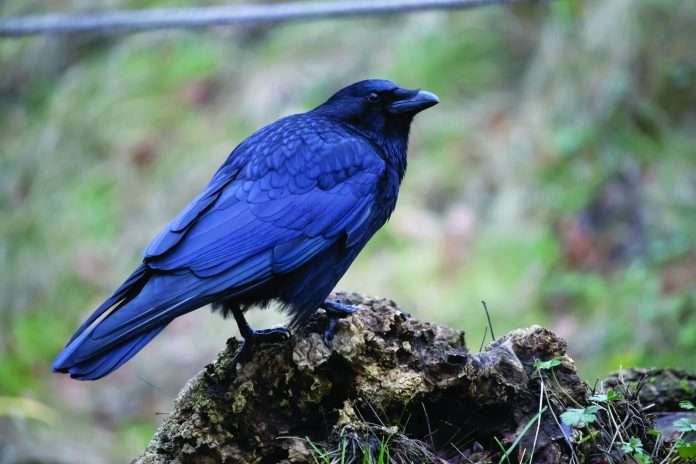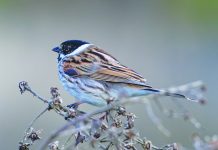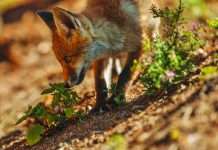The first recorded land occupancy of Nose Hill was an 88,000-acre lease in 1882. Large range leases were bought by well-financed ranchers, such as Senator Patrick Burns, who purchased most of two sections of Nose Hill. Cattle grazing occurred until Nose Hill was established as a park. Crops, such as wheat, oats, and rape seed, were first grown on the plateau in 1907. Privately held farmland was horse pasture until 1912. The negative impact of horse and cattle grazing was widespread on slopes and ravines. However, it helped to control taller nuisance weeds, such as thistle and common nettle.
By 1910, Calgary’s boundaries extended north to 48 Avenue. Residential development between 1945 and 1959 pushed as far north as Capri Avenue and east of 14 Street as far north as 56 Avenue. Aerial photographs reveal traffic to and from fields on the Hill to sites in the ravines and gullies along the escarpment. There were many old vehicle trails. Pickups and 4×4 trucks on the Hill used the sloping benches south of 56 Avenue and east of 24 Street. Trail development and use by walkers increased with the Winter Club.
Gravel mining began in 1961. Many Owls Valley was part of the route for commercial trucks on the main road and along the ridge on the south slope of the valley. Severe damage was caused to slope crests and the top of hummocky areas. Construction of John Laurie Boulevard in 1968-69 caused overuse in areas without fencing. More people trespassed on private lands north of the Boulevard or drove to riding club stables south of the gravel pit. There were many horse trails and dirt bikes, walkers, and joggers from 1975 to 1980. Agriculture on the Hill was suspended in 1979.










